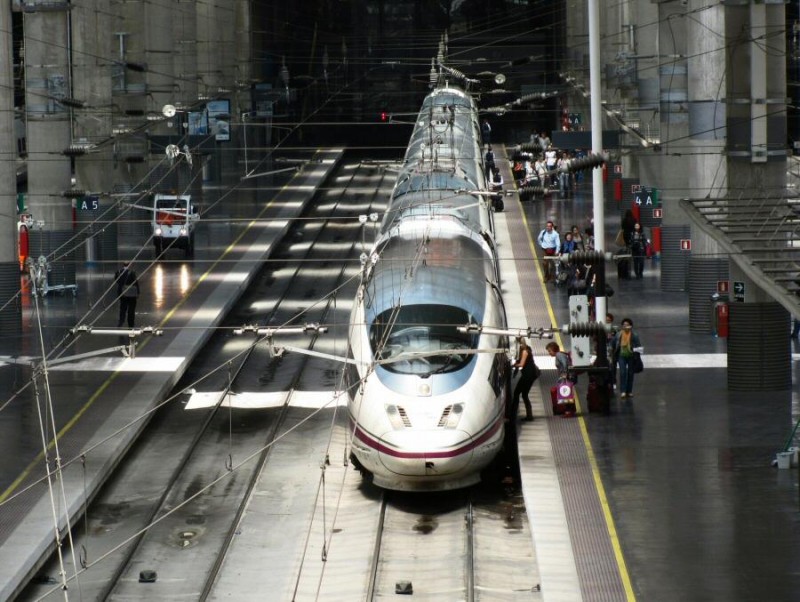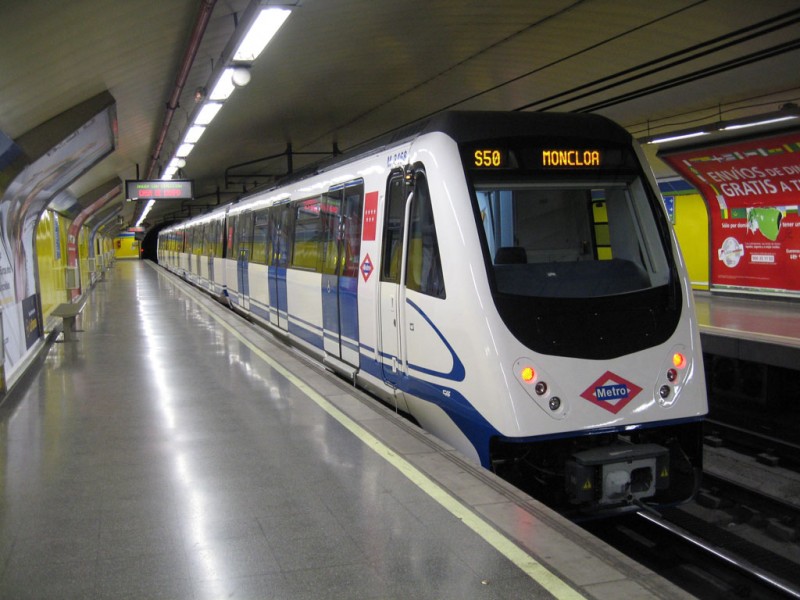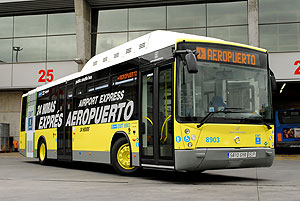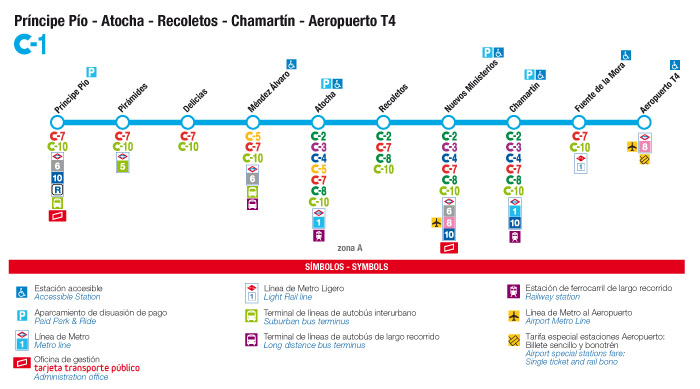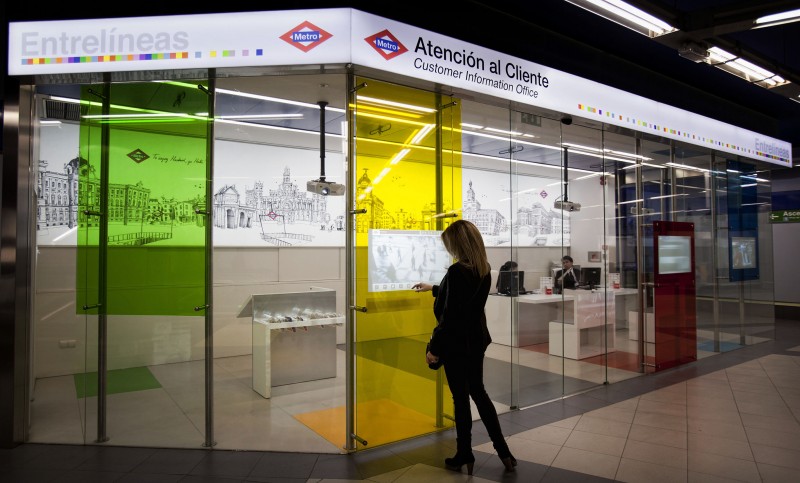Escape the Madrid Heat in the Mountains of Cercedilla
As someone who considers themselves a 50/50 city girl and mountain lover, I was slightly curious when moving to Madrid about where the hiking enthusiast side of me would find a place in such a massive city. I find that when most people think of Spain, their minds tend to veer more towards flamenco, sangria, paella, medieval villages, and enchanting cities.
To my surprise, the community of Madrid is also home to a vast range of world-class hiking trails. I was excited the other week to be escaping the city for a day in the mountains of Cercedilla, but was pleasantly surprised when I saw the immense beauty that La Sierra de Guadarrama beholds.

Getting to Cercedilla
Luckily, Cercedilla is only about a one-hour drive away from Madrid and can be easily reached by train, which will drop you off right in the center of the quaint mountain town. I took a car to Cercedilla and after driving through this charming destination for a bit, found my way to the environmental office.
Stepping out of the car and getting a whiff of the crisp mountain air and pine trees was the perfect welcome into the gorgeous La Sierra de Guadarrama that surrounds Madrid. If you go up to the window at the environmental office, you will meet a guide who will provide you with plenty of information and maps on the hikes that the area boasts.

Choosing Your Hike
The guide at the environmental office explained the map that contains many different color-coded trails, informing us of how long each would take, what the difficulty level was, etc. We decided to do the orange trail and then break off to go to Puerto de la Fuenfria, one of the area’s peaks.
Once you leave the environmental office, if you simply drive about five minutes up the road, you will find a lovely restaurant with outdoor seating – perfect for a delicious and well-deserved bite after your hike! It was from this restaurant that we parked and found the trailhead for the orange trail.
The first part of this hike is definitely the most challenging, which the guide prepared us for at the environmental office. It is most definitely on the steeper side but travels through the thick forest, so although you will feel the burn, you will remain in the cool shade of the trees. The views are absolutely stunning all the way up, overlooking the towering mountain peaks. The trails are also marked very well, with the color of each trail on the trees helping you to stay on track.
After about an hour and a half of hiking through lush pines and enjoying picturesque moments, we made it to our first lookout point, Mirador Vicente Alexandre. This is a fabulous spot to admire the panoramic views, while having a snack or taking a water break. We found many boulders with Spanish quotes and poems carved on them, which added to the incredible atmosphere.

Puerto de la Fuenfria
After spending about 20 minutes at Mirador Vicente Alexandre, we continued on our hike. The rest of the trail that we took to reach the Puerto de la Fuenfria was a gorgeous dirt road, rather than a typical forest trail that was the first half of the hike. “Dirt road” may not sound like something “gorgeous,” but there were barely any people there and horses roaming free with breathtaking views constantly in the background.
After hiking this road and enjoying the mountain views for about another hour and a half, we arrived at the peak. The views were wonderful, just as they were through the entire hike and there is an old fountain that we sat by to eat lunch.
There is an old Roman-built cobblestone road that you will hike down when you leave, which was a different but just as beautiful way than hiking up.
We arrived back at the restaurant, where our car was parked. Here, you can enjoy a nice meal to refuel after the 10-mile hike before driving back to the city.
Explore Madrid’s Many Mountains!
After experiencing my first Madrid hike, I can confidently say that living in this vibrant city does not come at the expense of a world-class hike whenever your heart desires. La Sierra de Guadarrama is just one of many fantastic mountain destinations for you to enjoy an escape from the city. Explore the many other natural wonders that surround Madrid, such as Cotos Forest, Abedular Canencia, La Pedriza, and so much more.















